Mushrooms are used for plenty of reasons in today’s world. It can range from psychedelics to our every-day cooking ingredients. But that is not to say all mushrooms are the same, in fact, there are over 50,000 species of mushrooms in the world.
Let’s enter the world of mushroom discovery to learn new facts and usage of the wide-range of mushrooms.
1. Oyster Mushrooms(Pleurotus Ostreatus)

Also called tree oyster mushrooms or pearl oyster mushrooms. Grow when the weather is temperate in subtropic areas in the world. They are eaten in Chinese, Japanese, and Korean cooking and are eaten cooked mostly. They can be used to make furniture and are more expensive than the white cap mushrooms you buy at the store. When going hiking and you are looking for oyster mushrooms they are found in clusters on fallen or dying beech trees. Avoid the yellow lookalikes as they are poisonous though. When storing store in the paper bags since water is their greatest enemy. Keep them in the fridge for no more than 3 days or they will get dry and get tough. You can store it dry in a cool dark place for a year in an airtight container.
2. Button Mushrooms (Agaricus Bisporus)

Sold in grocery stores around the world. Good for flavor in soups. Look for those whose caps are open exposing brown gills, because this gives extra flavor chopping them up gives more flavor to a wide range of dishes as well. Open caps are called portobello mushrooms. They are 90% consumed mushrooms in the United States. Also, you can use them for pizza and pasta.
3, Chanterelle Mushrooms
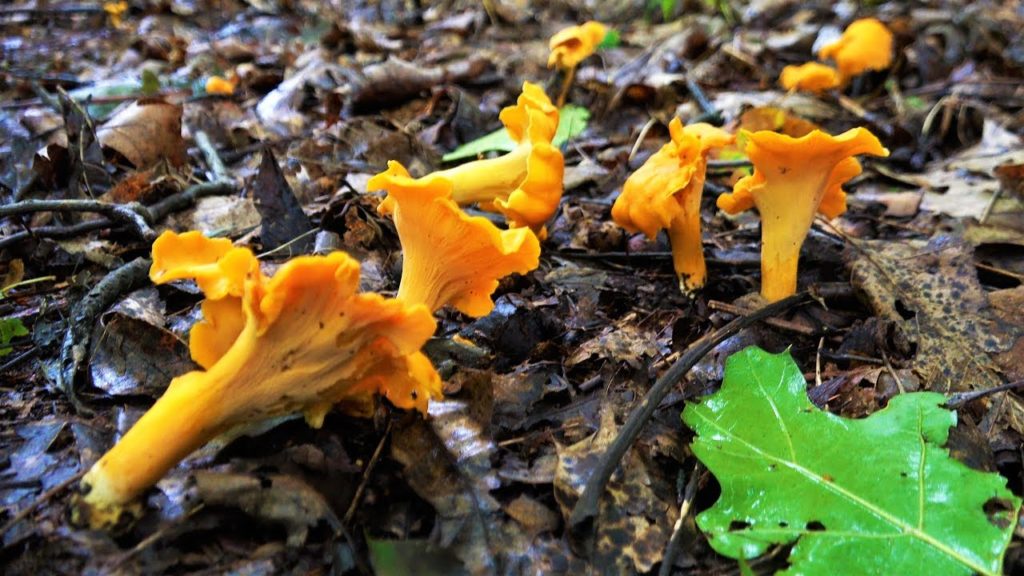
They are available few months a year. Are difficult to find. Store after cooking, but always make sure you clean the mushroom. The gentle drip of water will suffice for cleaning the mushrooms. To cook saute in butter or oil or steam them. You can also pickle chanterelles. Their taste is sweet and peppery. There is a mushroom called Jack o lantern and false chanterelle which can cause diarrhea and severe cramps so be careful cause it looks like this mushroom.
4. Porcini Mushroom
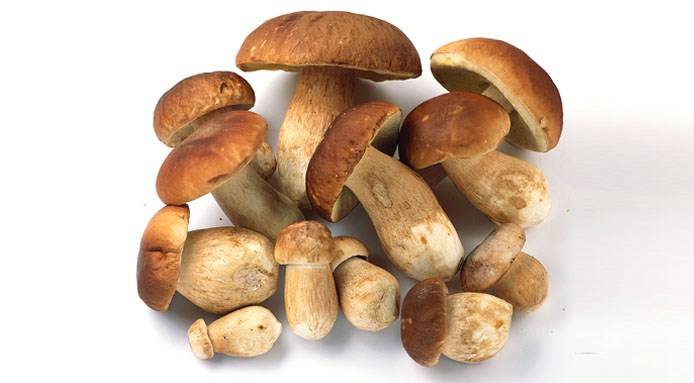
Also called Cep mushrooms used in Italian cooking. They compare to sourdough and are slightly creamy and nutty flavored. They can get grow to about 10 inches across; people harvest them at 1-inch size. A pound of porcini can cost from 30-60$. Can be bought fresh, canned, or sold dried. To get dried ready soak in hot water for 10-15 minutes before cooking. If it’s not dry do not soak in water even to rinse as this can cause the mushroom to deteriorate before the cooking process begins.
5. Hedgehog mushroom(Hydnum Rapandum)

Sweet and nutty flavor mushroom found in riverbeds and streams. It has an orange and yellow cap and a fruity odor. It looks kind of like golden chanterelle but is not because of teeth like underside. Jacko lantern has parallel gills, while hedgehog has tooth covered, so the mushroom looks similar so you got to be careful when mushroom hunting.
6. Jack- O lantern mushrooms
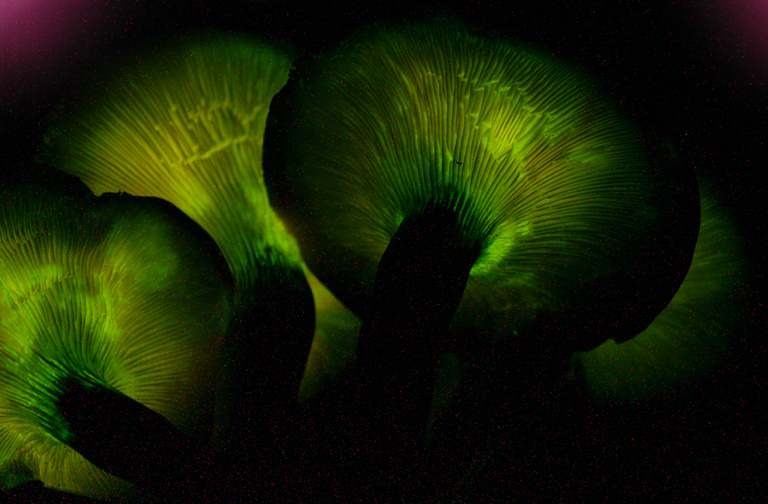
Poisonous orange gill mushroom. Bioluminescent and grows on decaying stumps on buried roots in woodland areas in Europe. And South Africa Western Cape province. It will not kill you but it will cause cramps, diarrhea, and vomiting. An enzyme in the gill called luciferase causes it to glow just like fireflies. They look like chanterelles but have non-forking gills that run parallel. The inside is orange instead of the pale of chanterelles
7. Lions Mane mushroom

Look like a lion’s mane hence the name. You can eat it raw, cooked, dried, steeped as tea. The flavor resembles crab or lobster. Protects people from dementia by helping brain cells grow through hericenones and erinacines. Helps boost mental functioning. Most research conducted on animals than humans though. Helps relieve anxiety and depression. Reduces risk of heart disease, by improving fat metabolism. Helps with managing diabetes symptoms.
8. Reishi Mushrooms
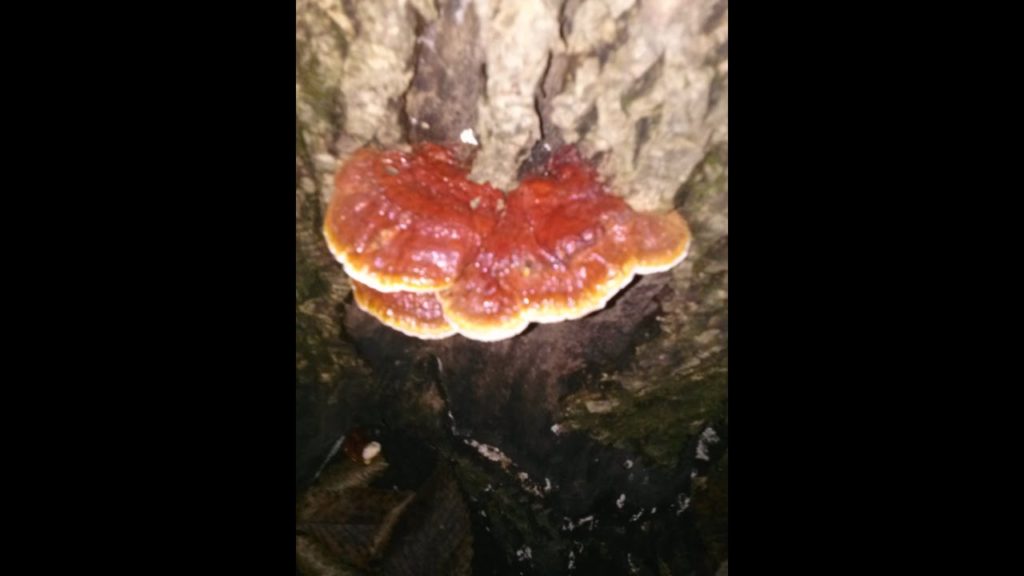
Tough, woody bitter taste. Rough garnished cap. The mycelium is used as a medicine, which is the below-ground part. Used for cancer, and boosting the immune system, and treating infections. There is no poison look alike. Grow on dead and dying trees. Also known as lingzhi, mushroom of immortality, ten-thousand-year mushroom, artists conk. Be careful not to eat mushrooms that have molds on the underside.
9. Giant Puffball (Calvatia gigantea)
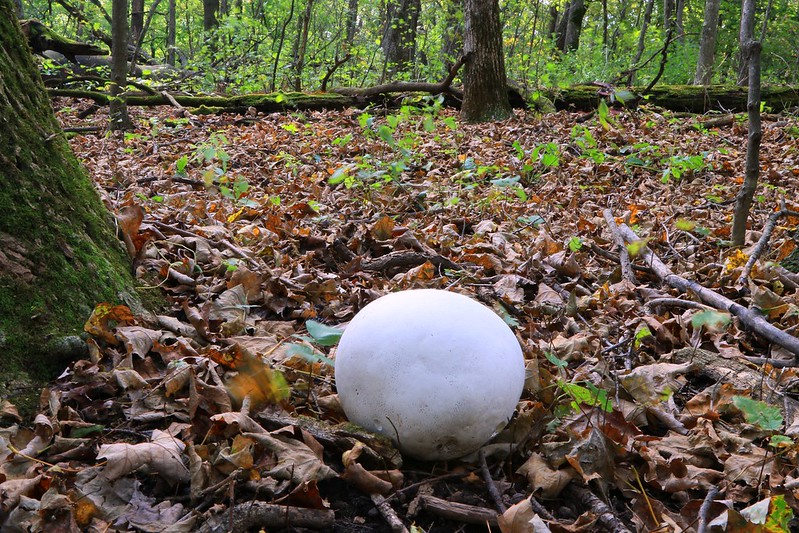
Used as a styptic dressing for bleeding wounds. Lit on fire before matches were invented they used this to calm bees. This fungus is 80cm wide and it is heavy like several kilograms. It has a pleasant odor but no taste. Found through July and November in Britain and Ireland. Eat them when they are white and not yellow as the spore starting to ripen. Avoid eating those close to roads as toxins from vehicles can contaminate them.
10. Horn of Plenty (Craterellus cornucopiodes)

Found in winter months in deciduous trees. North, Central, and South Americas Europe, Asia, and Japan it is there. Edible to eat. Small ones best. No gills. Cooked in a little bit of butter-fried. Always have to find in the wild. Trumpet shape and always hollow. It has a strong rich mushroom taste to it.
11. Destroying Angel (Amanita sp.)
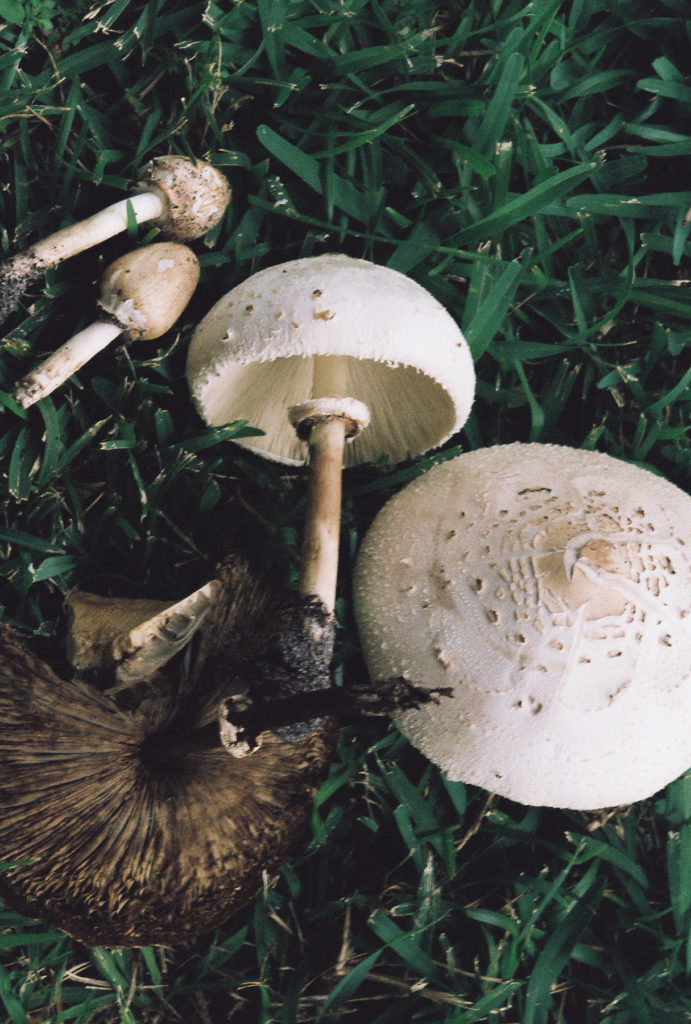
Deadly mushrooms can be mistaken for button mushrooms. Summer and fall can be found. The cap goes round to very slightly lifted. When it gets old it gets yellowish and brown. Don’t even touch this mushroom be very careful.
12. Amanita Muscaria
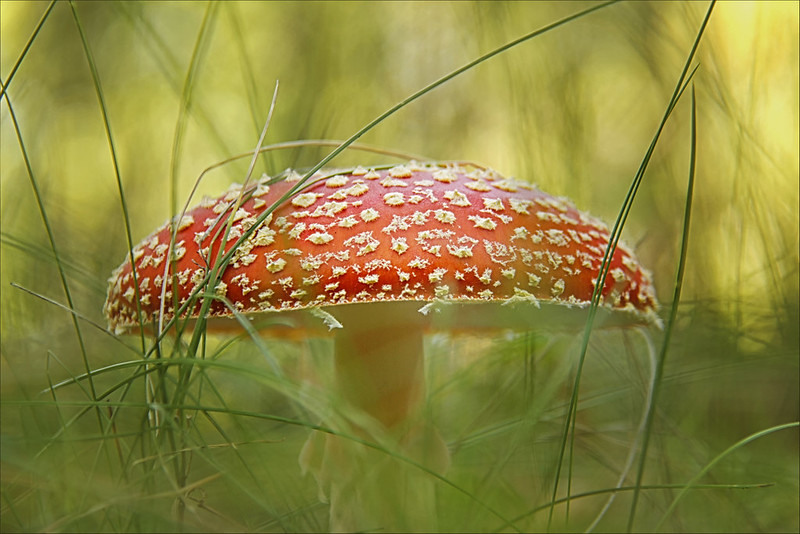
Grows in the Northern hemisphere this psychoactive mushroom. It has psychoactive constituents ibotenic acid, and muscimol. It is classified as poisonous, but deaths are very rare. People in Siberia have used it for religious ceremonies. It is used by shamans and laypeople over there. It is used by shamans to reach trance-like states of consciousness. It is confused with psilocybin mushrooms however these mushrooms are completely different in their effects. These mushrooms can distort your perceptions and cause hallucinations and cognitive effects.
13. Psilocybin Cubensis
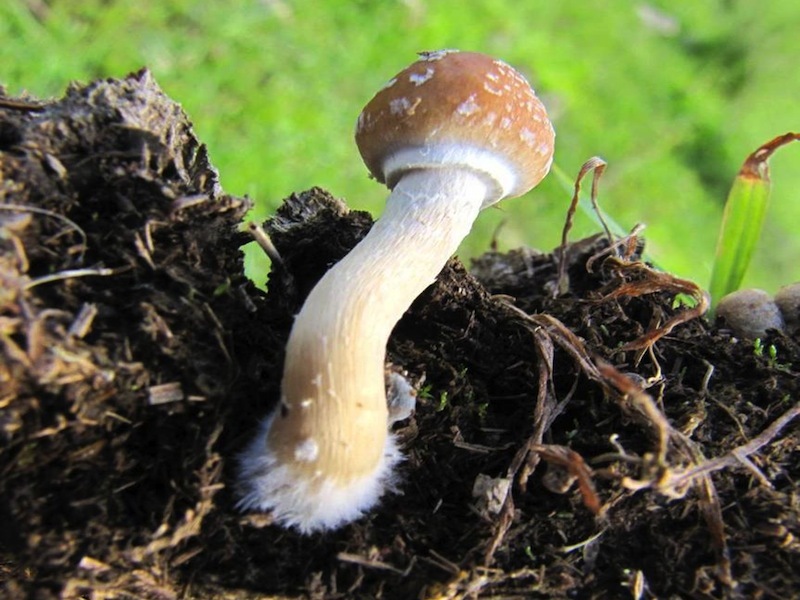
Family of psychoactive mushrooms known as Magic Mushrooms. Can be found in nature on the dung of herbivore animals. Contain Tyryptamine a psychedelic compound. One can experience hallucinations, time distortion, enhanced introspection, and ego loss. It is not addicting but can cause mental illness for those predisposed.
14. Green-spored Lepiota. (Chlorophyllum)
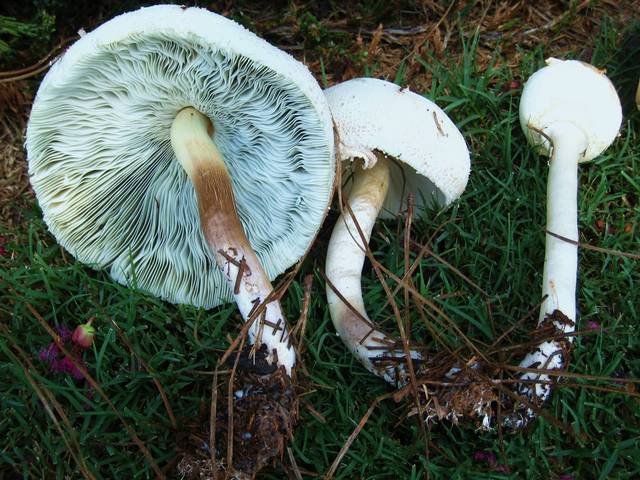
This is a poisonous mushroom grown in lawns and parks in North America and subtropical regions in the world. It is dangerous to eat cause it can result in vomiting, diarrhea, and colic. Will require hospitalization if you eat this, but no death reported.
15. Hawk Wings (Sarcodon imbricatus)
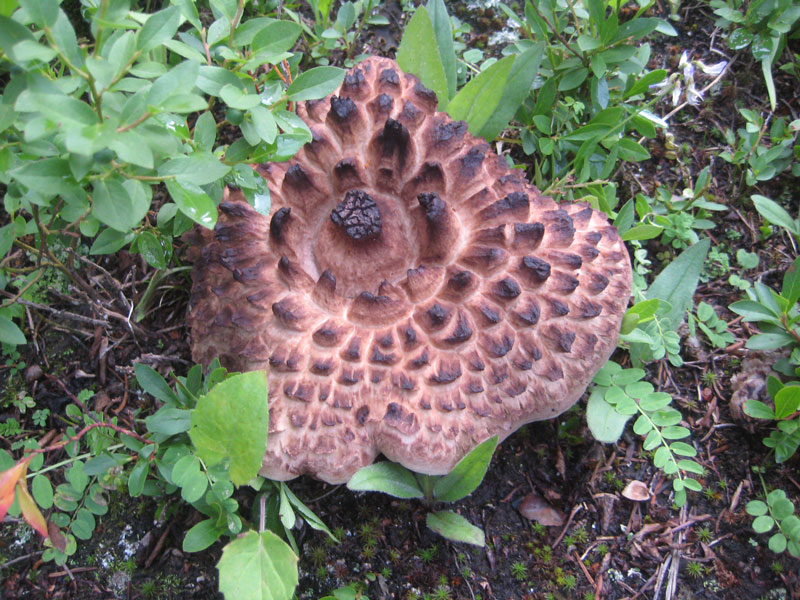
Has a bitter taste. It is another hedgehog mushroom. You cut them at ground level, then you use a brush to clean them. Don’t want to get dirt in between the teeth of these mushrooms. Found near spruce trees. Can find a worm on stems. Umami taste.
16. Chicken of the Woods Mushrooms
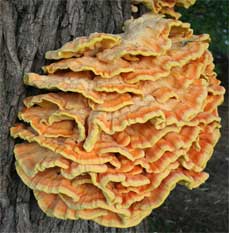
These are vibrant orange mushrooms. It has a lemony meaty taste, and some people think it tastes like chicken others think it tastes like crab or lobster. Makes a great meat alternative. This mushroom can make you sick though if its growing on conifers, eucalyptus, or cedar trees. They feed on living and dead trees.
17. Shaggy Inkcap
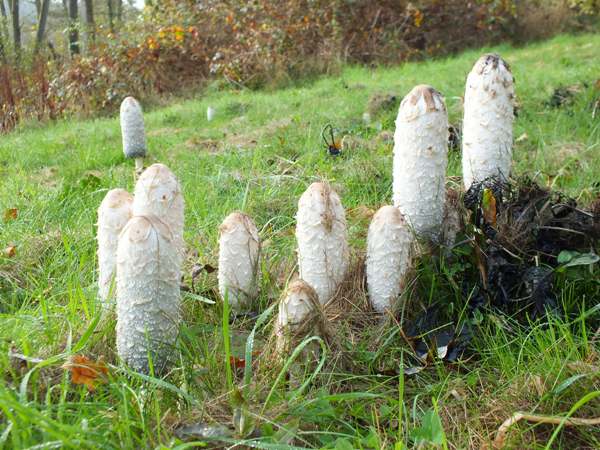
Grows in grasslands and meadows. Eat before grills turn black. Also called lawyer’s wig. Grows on lawns and waste areas. Saute the mushroom or simmer until limp and you can store in the refrigerator for many days. Can be confused with magpie mushroom that is known to be dangerous to eat.
18. Common Earthball
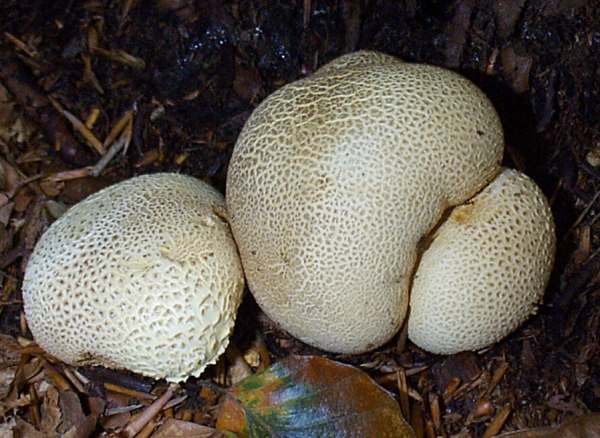
Warty poisonous mushroom. This looks like it ruptures and reveals spores that are black within some time. Can be found in mossy areas in woodland on sandy soil from July to November. They look like a black-spotted potatoe. Can cause gastrointestinal distress.
19. Golden Spindle

Found growing in moss, grass, or woodlands. It is known as a coral fungus. Spindled shape fairy club. Some people say its edible, while others say it is not edible. It is found in Asia, north America and Europe.
20. Honey mushroom
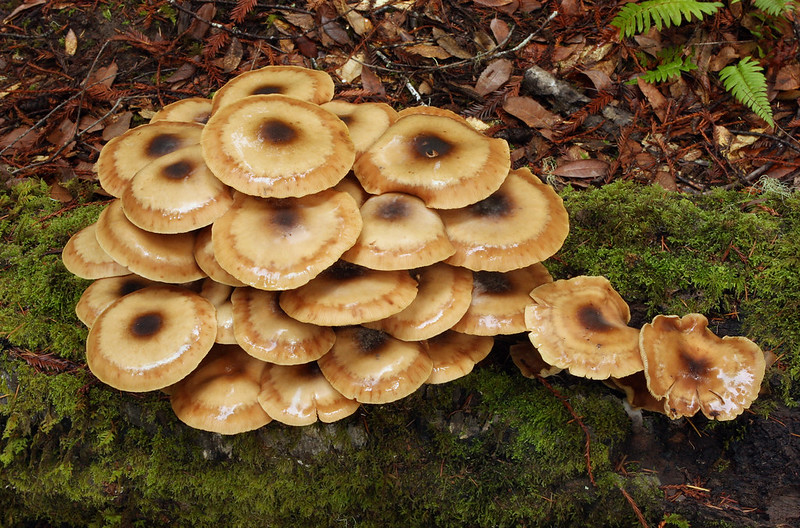
The largest living organism is in Oregon USA in an area of 2400 acres with ages going back to 1900 to 8650 years. Used to treat neurological conditions in China. It is a strong antioxidant, immune system booster, good for brain health, stabilizes blood sugar, and natural antibiotic. Found in September to October most.
21. Orange Mycena
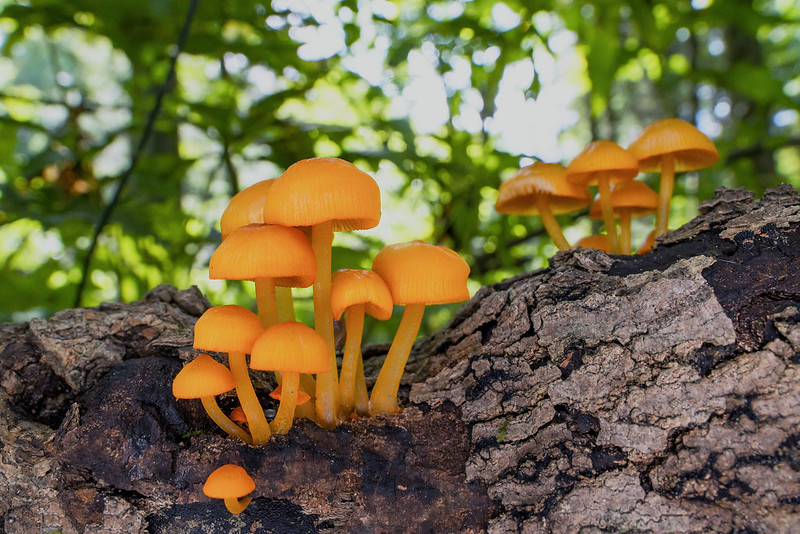
A small sticky, bell-shaped orange grows in clusters on woods from June to September. Grows on deciduous wood. Not edible. This mushroom breaks down nutrients in wood and brings it back to the soil. This is a very small mushroom only a few centimeters in diameter. The color rubs off after humans touch it.
22. Crab Brittlegill

They have a slightly fishy-crab odor and have red caps found in Britain Ireland. Found in other northern parts of the world as well. Taste mild, firm, and crunchy. Cooked with onions good with mushroom soup. Scientific name Russula Xerampelina. Found September to October.
23. Cornflower Bolete
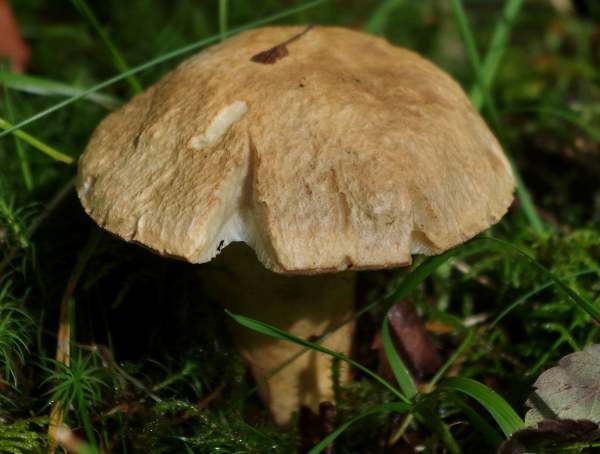
Occur mostly in northern Europe Scandinavia mostly. The buff cap is fibrous and roughened. There is also a variety, which is blue because of gyrocyanin chemical. Considered a good choice. The mushroom is found in sandy soil. Meaty texture and nutty flavor.
24. Funeral bell

The poisonous mushroom grows on stumps, dead trees, and fallen branches. This is a deadly fungus. In older mushroom caps flatter, gills browner. They grow widely in the northern hemisphere of Europe, North America, Asia, and even Australia. What they do if you eat it causes kidney failure because the toxic is trying to leave your system, but instead gets recycled. It also causes diarrhea, hypothermia, liver damage, and vomiting.
25. Panther mushroom

Unpleasant or like raw potato smell. Found in Europe, and Western Asia. Found in deciduous, beech, and less common coniferous woodlands. This mushroom lives in symbiosis with trees giving them nutrients while getting nutrients back that is photosynthesized. It also contains muscimol which is a psychoactive compound. In the Netherlands, you cannot have more than 0.5 g dried or 5 g fresh in possession without facing criminal charges.
References:
https://www.thespruceeats.com/what-are-oyster-mushrooms-4172003
https://www.mushroom-appreciation.com/chicken-of-the-woods.html
https://psychonautwiki.org/wiki/Psilocybin_mushrooms
https://www.first-nature.com/fungi/gyroporus-cyanescens.php
https://www.healthline.com/nutrition/reishi-mushroom-benefits#TOC_TITLE_HDR_3
https://psychonautwiki.org/wiki/Amanita_muscaria
https://www.first-nature.com/fungi/calvatia-gigantea.php
https://commons.wikimedia.org/w/index.php?curid=8045292
https://www.healthline.com/nutrition/lions-mane-mushroom
https://en.wikipedia.org/wiki/Omphalotus_olearius
https://www.webmd.com/vitamins/ai/ingredientmono-905/reishi-mushroom

